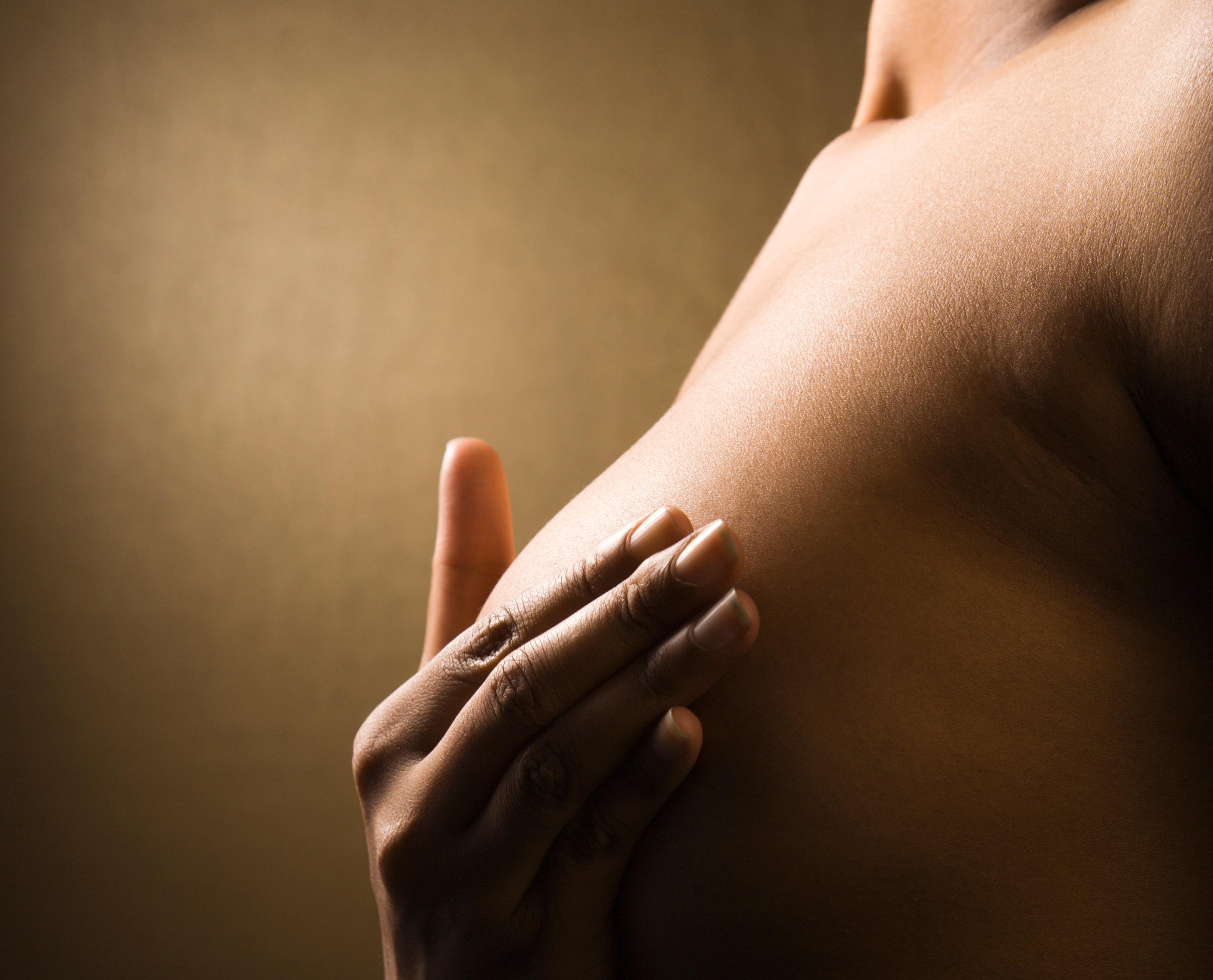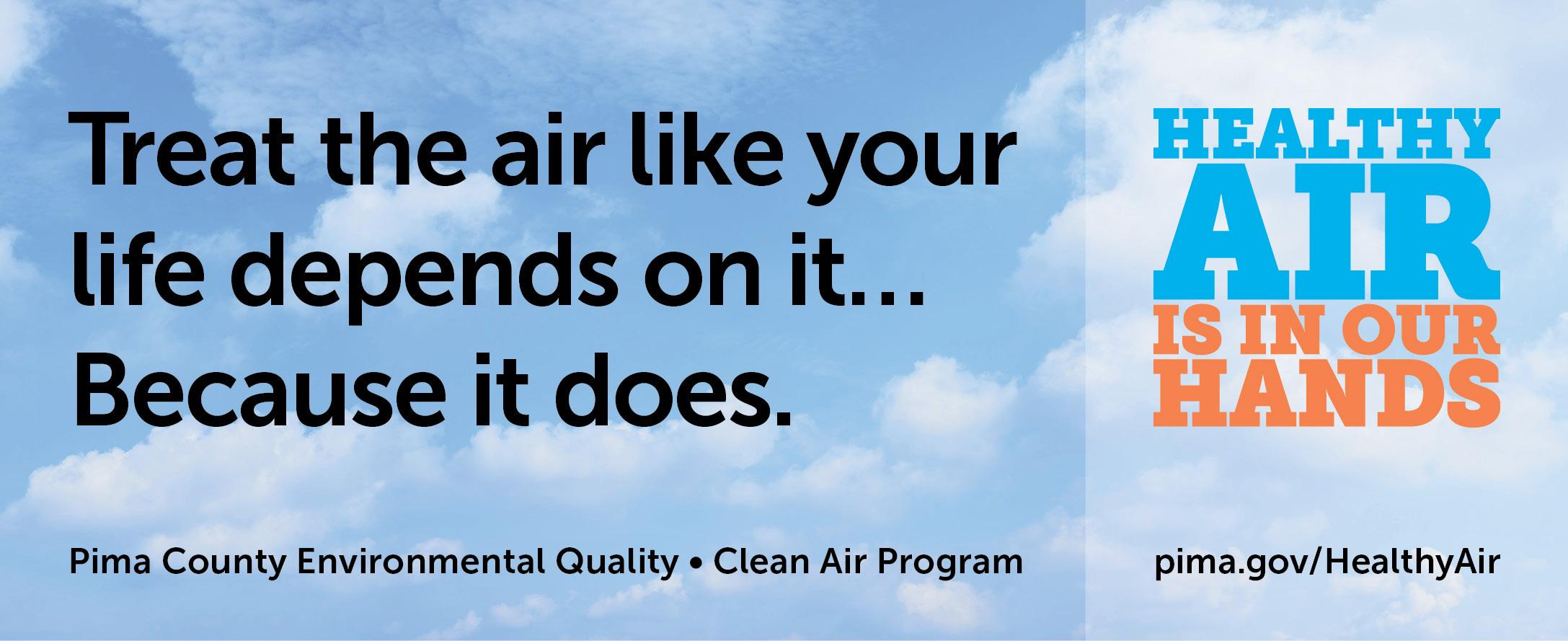
4 minute read
SUSTAINABLE YOU
SUSTAINABLEYOU One thing you can do...
TAKE CARE OF YOUR GIRLS
BY KAREN LANGSTON
May is such a wonderful time in the Valley because we get to celebrate Mother’s Day, which has always signaled the end of spring for me. Did you know it is also National Women’s Health Month? I think this is the perfect time to talk about your breasts.
And in the words of Henry Ward Beecher, best known for his work in the abolition of slavery, “The babe at first feeds upon the mother’s bosom, but is always on the heart.” I think it is incredible that we women have the ability to sustain a life. And of course, we must also think about the health of our breasts.
According to the American Cancer Society, the average risk of a woman developing breast cancer in her lifetime is about 13%. The estimates for new breast cancer diagnoses this year in the U.S. is about 276,480.
Now that I have your attention, let’s talk about how we can turn these statistics around with two things you can do, starting today.
GET AN EXAM
Every May, let Mother’s Day be the perfect time to get a health check-up, including having your breasts examined. You should be doing monthly self-breast examinations, and a yearly exam with your healthcare provider.
The gold standard for breast screening for decades has been mammograms. The problem, mounting scientific evidence is indicating, is that mammograms are far less effective at early detection of cancer. Research is also mounting that indicates that mammogram screenings may actually lead to breast cancer, overdiagnosis, and overtreatment, such as indicated in the article, “Breast Cancer Screening in Denmark: A Cohort Study of Tumor Size and Overdiagnosis,” published in Annals of Internal Medicine. MAMMOGRAMS VS. THERMOGRAPHY
The radiation from mammography procedures may also
increase the risk of breast cancer, according to “RadiationInduced Breast Cancer Incidence and Mortality from Digital Mammography Screening: A Modeling Study,” published in PMC.
There is a safer, less painful breast screening method with greater preventative measures. The procedure is called thermography.
I spoke with local resident and business owner, Certified Clinical Thermographer Tina Clemmons, founder of De Novo Scan, LLC, which has two locations in the Valley. Clemmons explains how radiation-free digital infrared thermal imaging can benefit all women.
“Thermography is a simple test of physiology which shows skin surface temperature, which if hot, may indicate negative metabolic processes of skin blood flow. Cancer is an inflammatory process that can manifest for years before diagnosis. If we can correct the inflammatory process, this decreases our chances of developing tumors and the possibility of breast cancer. Thermography is the ONLY non-invasive riskassessment screening tool available today.” UNDERWIRE BRAS
A recent commercial spoke to the core of my female existence. Maybe you have seen it? A woman grabs a beer, sits on the couch after a long hectic day, slips her hand under her shirt, and pulls her bra out from her sleeve and drops it. I know it is the first thing I do when I hit the couch. Let’s face it, bras are uncomfortable.
Worse than this, some bras can actually increase your chances of breast cancer. Have you noticed it is harder to find bras with an underwire? Thanks to the work of Sydney Singer and Soma Grismaijer and their book, Dressed to Kill: The Link Between Breast Cancer and Bras, the fashion industry and the medical profession took notice of their findings. Could there be a link between tight-fitting bras and the increase in breast cancer?
Throughout our body we have a lymphatic system. This system brings nutrients to our cells and takes the waste out of the cells and dumps it into our intestine for elimination. Our breasts contain a greater concentration of lymphatic vessels. Lymph nodes are responsible for delivering nutrients to the breast cells and carrying the waste out. Bras that are tight-fitting—especially push-up and underwire—increase the chances of damaging delicate tissue, resulting in trapped toxins and forcing damaged tissue to change its structure to try and compensate. Over time, this may lead to tumors. WHAT NOT TO WEAR DURING A WORKOUT
One of the worst things you can do is wear a tight-fitting underwire sports bra for your workout. Movement increases the movement of the lymphatic system, increasing the natural nutrient-waste mechanism. Because of the constriction, over time, permanent damage may increase the likelihood of abnormal cell development, leading to tumors and possibly cancer.
If you come from the generation where you wouldn’t leave the house without a bra, there are healthier choices. Choose a wireless brassiere. Organic cotton is the way to go because it allows for air circulation, so that bacteria does not become trapped.
While you are on self-quarantine, thinking about having a virtual bra-burning session with your gal pals. Log onto The Good Trade. They have curated 12 Eco-Conscious Athletic Wear brands to keep you moving in a healthy fashion. The Natural Clothing Company also has an assortment of bras and undergarments made from organic plant-based materials.
If you want to support local and shop online, check out Yoga Democracy. They carry options that are handcrafted in the U.S.A., sweatshop-free, eco-friendly, made from recycled fibers, yoga wear, and sports bras, all produced in Cave Creek, Arizona.
This year, whether you are a mom or have a mom, celebrate Mother’s Day by upgrading your bras. Oh, and get some for your mom, too. And please, schedule your breast health checkup! You create and sustain life, and as a woman, you need to honor your body by taking care of you.
Karen Langston is a certified holistic nutritionist working with clients and professionals on how to have three healthy poops a day. Poop well, be well. www.healthygutadvisor.com











